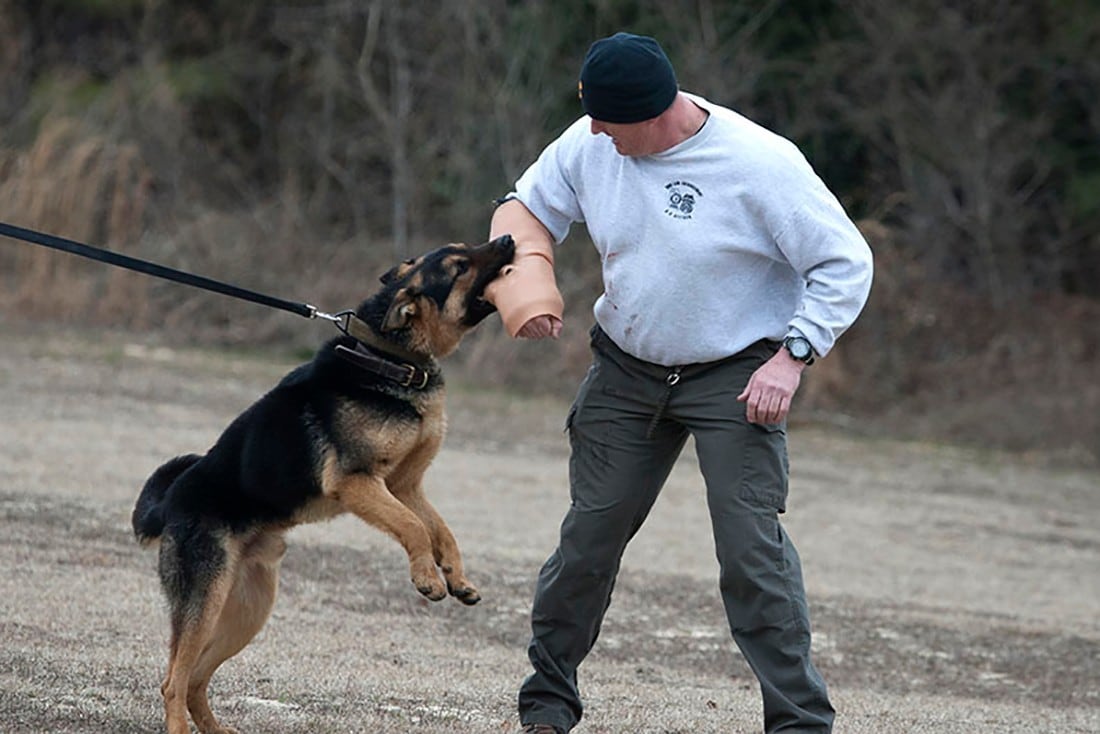The ideal number of troops for a commander to control come in groups of five.
Similarly, chimpanzees gather in groups of 5, 15 and up to a max of about 150. When they do, researchers note, their communications are better, affectionately calling it “ape politics.”
While many soldiers and Marines might also smell like a chimp after a few days in the bush, they likely don’t know that they’re mimicking prehistoric primate moves when they gear up and step off on patrol.
A squad of 15 will be better controlled and more effective than one with seven or even 18 members. A company of 150 would be better ready for a mission than one with 220, at least as far as communicating what the unit needs to do and when.
The effective group numbers start at five, then to 15 and so on, seeing their effectiveness peak at 150 and again at intervals of 50 or so until maxing out at 500, according to decades-old academic anthropology.
And Army mathematicians just proved it.
In some ways, warriors have known this going back to the days of the Roman Legion, which varied somewhat in size but at times featured cohorts of 500 legionnaires for battle.
RELATED

The Marine Corps recently switched its squad size from 13 to 15, after much debate on whether to shrink or increase the number.
Well, Army science and university research may have validated ages of unit wisdom. And how effective military unit leaders or CEOs (or even the leaders of protests and riots) are depended a lot on what’s called the “Dunbar number.”
That number was arrived at by anthropologist Robin Dunbar in the 1990s. The research hypothesized that 150 was the largest group that humans can maintain “stable social relations.”
Recently, Army Research Office Chief Scientist Bruce West and students at the University of North Texas were able to test the decades-old theory.
“The layering sequence is interesting because each number in the sequence is within a factor of two of the empirical magnitudes of entity sizes in the U.S. Army, ranging from a squad of roughly 15 to a platoon of approximately three times the squad size, next to a company consisting of three platoons and followed by a brigade the size of roughly three companies and so on,” West said.
Understanding how the information flows in a group, then analyzed and either accepted or rejected, is critical both within a single team of any size and how individual teams work with other teams, West said in an Army statement.
West and his team were the first to “computationally capture” the dynamics of how information moved through the group, where it flowed or stalled.
That’s a major factor in unit cohesion and combat effectiveness.
“The military has done this pretty much based on intuition,” West said.
Knowing this, researchers hope that commanders can better structure how they disseminate information and how they get a real feedback for how well their units understand and execute, intent.
“Whether it’s a speech to change morale, whatever your intent is, just knowing that and designing that when you give assignments or break up assignments, all of that can work to make the group much more efficient,” West said.
And starting at the lowest level is a much better route.
Briefing in a large battalion formation, hoping everyone is paying attention, hearing what’s said and understands what to do — that’s not the best mode of communication.
Having fire team or squad leaders schooling their soldiers or Marines on what’s to be done and how it fits into the battalion operation — much better.
“The information will get to everyone bottom-up and it will be very stable,” West said. “If I do the same thing and do it from the top down, it will be very unstable.”
That becomes apparent in problem-solving, and even in how groups will behave if there are “bad actors” in the mix.
West said that evidence in research on protests and riots shows this.
The mathematician noted that 1 to 2 percent of a group that acts as disruptors can shift a demonstration into a violent riot. But that’s most common when the size of the group rests on a Dunbar number, say 50 or 150. But it’s not quite the same when it falls in between.
Todd South has written about crime, courts, government and the military for multiple publications since 2004 and was named a 2014 Pulitzer finalist for a co-written project on witness intimidation. Todd is a Marine veteran of the Iraq War.
